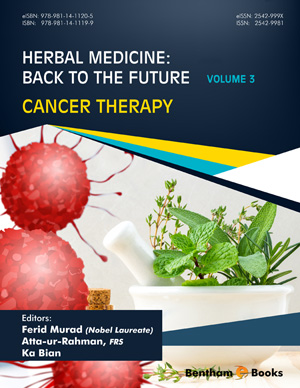Abstract
Earth’s landform is highly rich in biodiversity holding thousands of flora exhibiting tremendous therapeutic potential which has been extensively used in traditional systems of medicine including Ayurveda, Unani, Siddha, Homeopathy and Tibb. However, due to the advancement in allopathic medicines, the use of herbs becomes shaded. Vitiligo is a skin depigmentation disease in which the loss of melanocytes results in the appearance of irreversible white patches on the body. As it is one of the most conspicuous traits, variation in skin color or spotted skin has led some societies to attach labels and fabricate myths about people having pigmented macules on their face and body. Therefore, several treatment modes have been unleashed. But the current treatments of vitiligo including phototherapy, surgery, use of topical corticosteroid and immune modulators come under increasing scrutiny due to their aftereffects, underscoring the requirement of such treatment strategies which have low or no side effects. Hence, the use of plants and their constituents for preparation of dermatological formulation for the treatment of vitiligo is highly recommended. In the present chapter, we have discussed the types and pathogenesis of vitiligo and the modern treatment modalities with the problems associated with them, with reference to the validated clinical use of herbal products. Furthermore, the results of our own studies and controlled clinical trials by other investigators enlighten the varying efficacies of different plants and their active components for melanocyte proliferation and regeneration which might be clinically used for the treatment of vitiligo, thus opening a platform for further research and development.
Keywords: Depigmentation, Melanocytes, Keratinocytes, UV, Vitiligo.






















